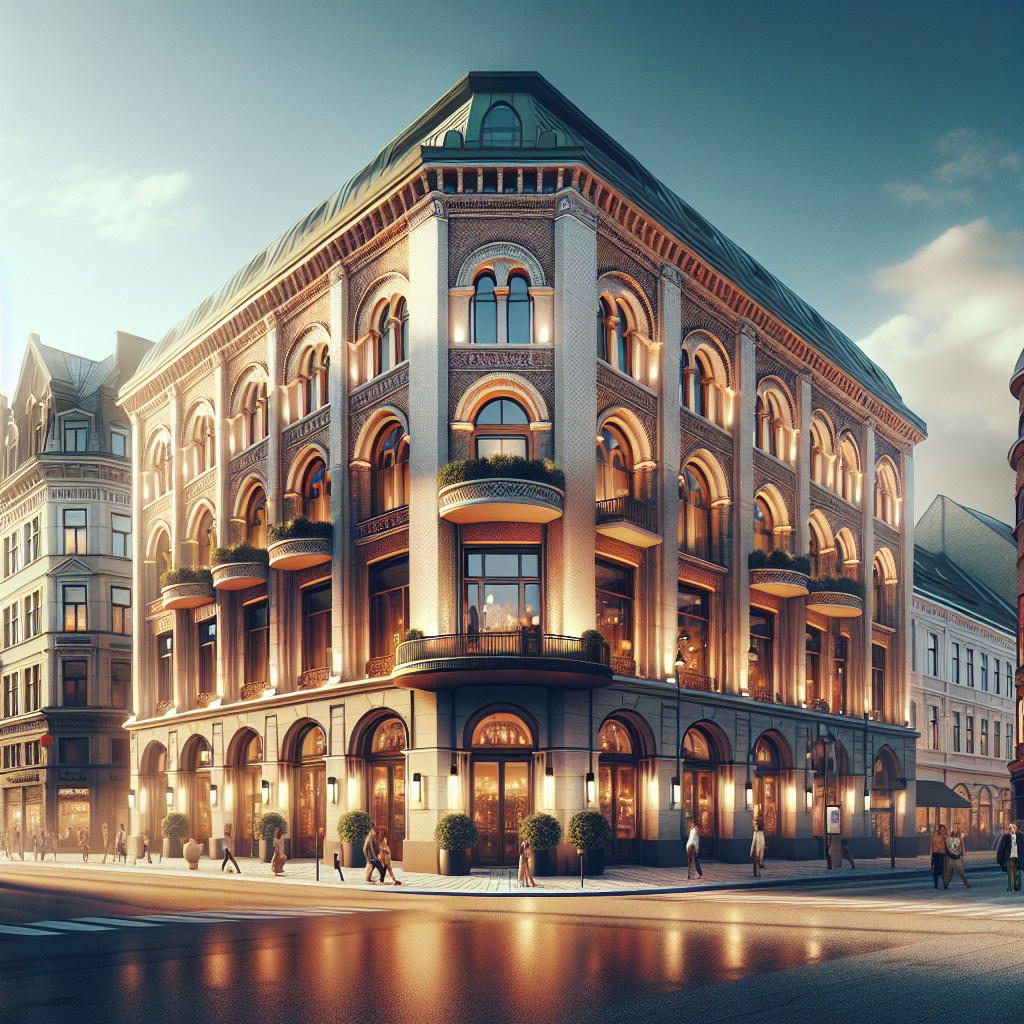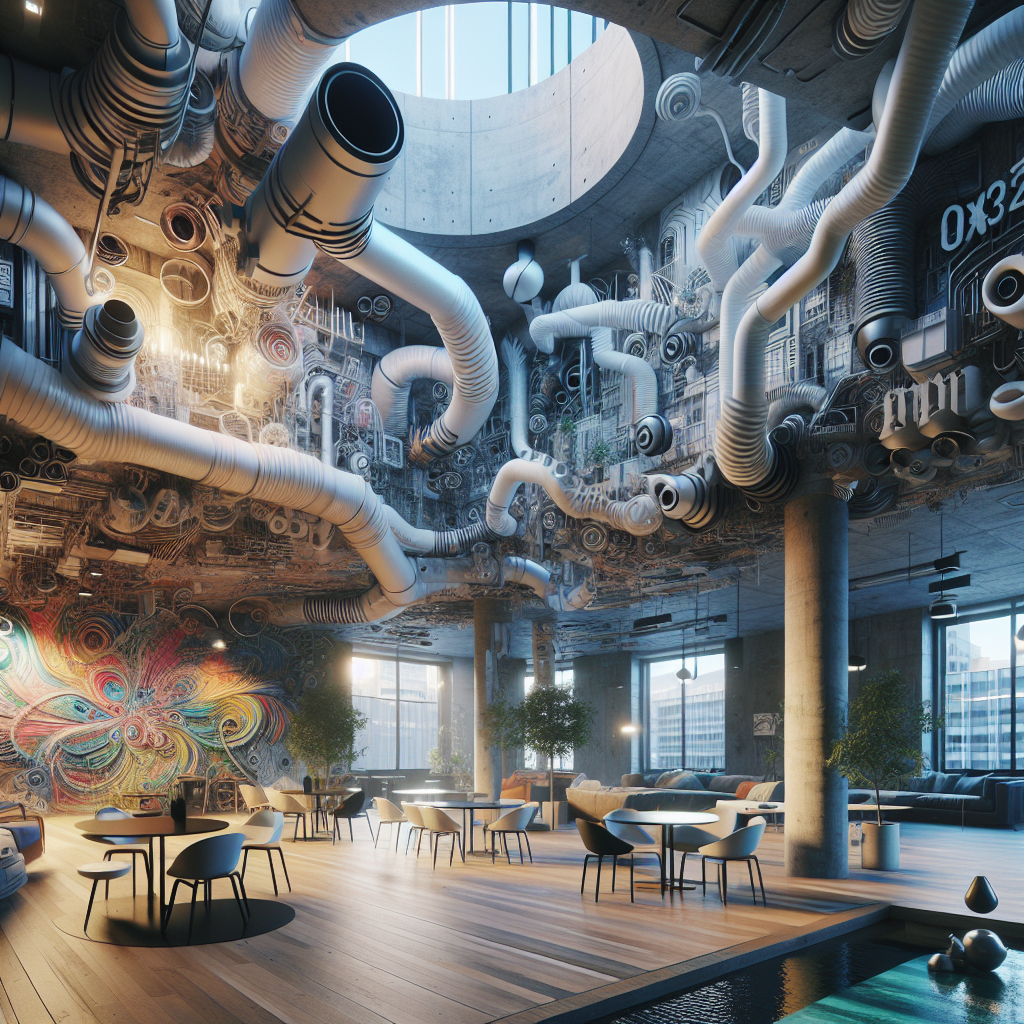Oslo, the capital city of Norway, is a vibrant hub of culture and creativity. Among its many attractions, the theaters and performing arts venues stand out as some of the best places to experience the city’s rich artistic heritage. From classical performances to contemporary productions, Oslo offers a diverse range of options for theater enthusiasts and casual visitors alike.
The National Theatre
The National Theatre, located in the heart of Oslo, is one of the most prestigious and historic theaters in Norway. Established in 1899, it has been a cornerstone of Norwegian culture for over a century. The theater is renowned for its high-quality productions, ranging from classic plays by Henrik Ibsen and William Shakespeare to modern works by contemporary playwrights.
The building itself is an architectural marvel, featuring a stunning neoclassical design. Inside, the theater boasts three main stages: the Main Stage, the Amphi Stage, and the Painting Hall. Each stage offers a unique atmosphere and experience, catering to different types of performances. The Main Stage is the largest and most grandiose, often hosting major productions and international tours. The Amphi Stage provides a more intimate setting, ideal for experimental and avant-garde performances. The Painting Hall, with its elegant decor, is perfect for smaller, more personal shows.
In addition to its impressive repertoire, the National Theatre is also known for its commitment to nurturing new talent. The theater regularly collaborates with emerging playwrights, directors, and actors, providing them with a platform to showcase their work. This dedication to innovation ensures that the National Theatre remains at the forefront of the performing arts scene in Oslo.
Oslo Opera House
The Oslo Opera House is another iconic venue that has become synonymous with the city’s cultural landscape. Opened in 2008, this modern architectural masterpiece is home to the Norwegian National Opera and Ballet. The building’s striking design, with its sloping marble roof that allows visitors to walk up and enjoy panoramic views of the city, has made it a popular attraction for both locals and tourists.
Inside, the Oslo Opera House features state-of-the-art facilities, including a main auditorium with a seating capacity of 1,364. The venue hosts a wide range of performances, from grand operas and ballets to contemporary dance and experimental theater. The acoustics and technical capabilities of the auditorium are world-class, ensuring that every performance is a memorable experience.
One of the highlights of the Oslo Opera House is its commitment to accessibility and inclusivity. The venue offers a variety of programs and initiatives aimed at making the performing arts more accessible to diverse audiences. This includes discounted tickets for students and seniors, as well as special performances designed for children and families. The Opera House also collaborates with local schools and community organizations to promote arts education and engagement.
Det Norske Teatret
Det Norske Teatret, or The Norwegian Theatre, is another key player in Oslo’s performing arts scene. Founded in 1912, this theater is known for its focus on Norwegian-language productions and its dedication to promoting Norwegian culture and literature. The theater’s repertoire includes a mix of classic and contemporary plays, as well as musicals and experimental works.
One of the unique features of Det Norske Teatret is its commitment to linguistic diversity. The theater regularly stages productions in Nynorsk, one of the two official written standards of the Norwegian language. This focus on linguistic and cultural representation has made Det Norske Teatret a vital institution for preserving and promoting Norway’s rich literary heritage.
The theater building itself is a modern and versatile space, featuring three main stages: the Main Stage, the Scene 2, and the Bikuben. Each stage offers a different experience, from large-scale productions on the Main Stage to more intimate and experimental performances on the smaller stages. The theater also boasts a vibrant café and bar, making it a popular spot for pre-show and post-show gatherings.
Oslo Nye Teater
Oslo Nye Teater, or Oslo New Theatre, is a dynamic and innovative venue that has been a staple of the city’s cultural scene since its founding in 1959. The theater is known for its diverse and eclectic programming, which includes everything from classic plays and musicals to contemporary dramas and comedies.
One of the standout features of Oslo Nye Teater is its commitment to producing high-quality family entertainment. The theater regularly stages productions aimed at children and young audiences, making it a popular destination for families. In addition to its family-friendly shows, Oslo Nye Teater also offers a range of educational programs and workshops designed to engage and inspire young people.
The theater’s main building, located in the heart of Oslo, features several performance spaces, including the Main Stage, the Centralteatret, and the Trikkestallen. Each space offers a unique atmosphere and experience, catering to different types of performances. The Main Stage is the largest and most versatile, while the Centralteatret and Trikkestallen provide more intimate settings for smaller productions.
Black Box Teater
For those interested in cutting-edge and experimental theater, Black Box Teater is a must-visit venue in Oslo. Founded in 1985, this theater has built a reputation for its bold and innovative programming, which often pushes the boundaries of traditional theater. Black Box Teater is dedicated to showcasing contemporary and avant-garde works, with a focus on new and emerging artists.
The theater’s programming includes a mix of local and international productions, ranging from experimental plays and performance art to dance and multimedia installations. Black Box Teater is also known for its commitment to fostering collaboration and dialogue within the arts community. The theater regularly hosts workshops, discussions, and artist residencies, providing a platform for creative exchange and experimentation.
The venue itself is a versatile and adaptable space, featuring two main performance areas: the Main Stage and the Studio. Both spaces are designed to accommodate a wide range of artistic expressions, from traditional stage productions to immersive and site-specific works. The theater’s intimate and flexible layout allows for a close and engaging experience for audiences.
Conclusion
Oslo’s theaters and performing arts venues offer a rich and diverse array of experiences for both residents and visitors. From the historic grandeur of the National Theatre to the modern innovation of Black Box Teater, the city’s cultural landscape is vibrant and dynamic. Whether you’re a fan of classic plays, contemporary dance, or experimental performance art, Oslo has something to offer for everyone. These venues not only showcase the best of Norwegian and international talent but also play a crucial role in fostering creativity and cultural exchange in the city.










